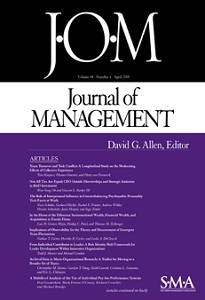Basler is one of those lesser-known midsize companies (the so-called hidden champions), which, despite their moderate scale of operation, enjoy worldwide leadership in several niche markets. Basler primarily comprises two business segments: one, quality control systems for industrial goods production; and, two, cameras for diverse industries. The 2008/2009 global financial crisis, however, spelled trouble for Basler. With the company’s very survival at stake, Basler’s CEO had to make a strategic decision, namely, cut back on critical resources (human, financial, and material); this would include slashing as many as 50 jobs, which represented a fifth of its workforce. While so doing, some key questions remained unanswered in his mind:
- In which of the company's two business segments should he reduce resources and cut those 50 jobs?
- At the same time, regardless of the financial crisis, in which area, if any, should he consider investing resources in order to drive the company’s growth in the next 5- 10 years?
The case study provides the student with the crucial inputs required to answer the above questions convincingly. To arrive at an optimal solution, the student would need to think through the various options before the CEO during one of the worst financial crises in global history and weigh up their pros and cons.
| buy now | buy now | buy now |
This book presents the proceedings of CYDEF2018, a collaborative workshop between NATO and Japan, held in Tokyo, Japan, from 3 – 6 April 2018 under the umbrella of the NATO Science for Peace and Security Programme. It is divided into 3 sections: policy and diplomacy; operations and technology; and training and education, and covers subjects ranging from dealing with an evolving cyber threat picture to maintaining a skilled cyber workforce.
The book serves as a unique reference for some of the most pressing challenges related to the implementation of effective cyber defense policy at a technical and operational level, and will be of interest to all those working in the field of cybersecurity.



